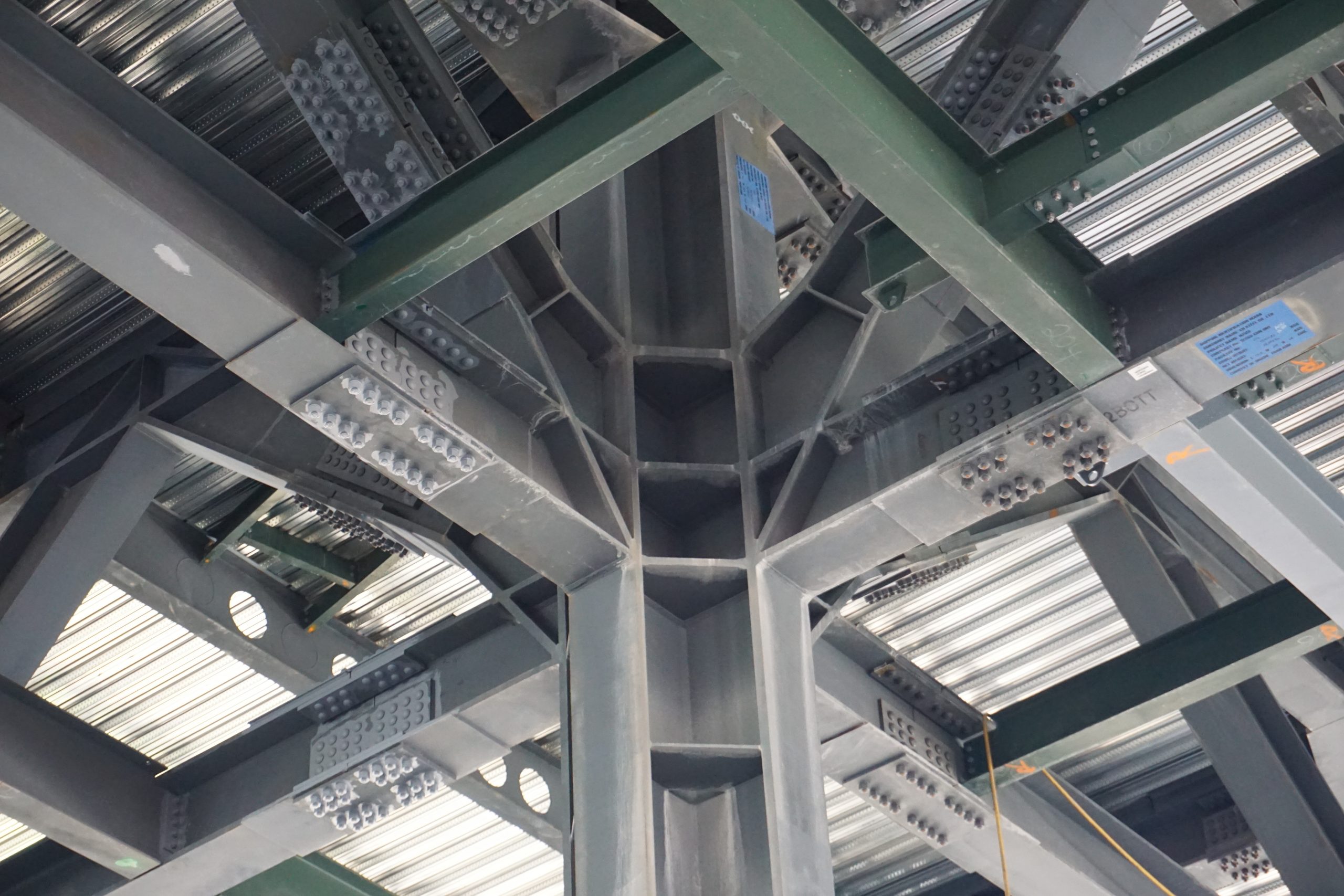In our 2018 membership survey, you let us know that you’re mostly very happy with our support. However, we consistently hear from SME’s that they believe we’re only here for the bigger players. And, that the way the levy is administered is unclear.
So let’s start by saying that HERA is absolutely here to support the whole industry!
We want to make sure all our members are feeling engaged. And, that the process for determining our research direction is both engaging and transparent.
Infact, we have an obligation to ensure that funds collected by the Heavy Engineering Research Levy (HERL) are used for the purpose they are being collected for!
So, before we talk about how we’re improving our engagement with you in terms of the research we do – let’s recap the HERL.
Demystifying the Heavy Engineering Research Levy (HERL)
What is it?
HERL is governed by the Heavy Engineering Research Levy Act, 1978. It’s a common good research levy imposed on all heavy engineering goods comprising items defined by certain tariff codes within the Act.
These are defined in Schedules 2 and 3 of the Act and put simply, cover heavy steel and welding consumables.
Who pays the levy?
The person liable to pay the levy on any levied item is the person who is the importer of the item or who produces it within New Zealand. To be clear, the levy applies to both importers and local manufacturers equally.
How is the levy collected?
New Zealand Customs collects the levy on imported items. Local producers pay the levy directly to HERA.
What can the levy funds be used for?
Broadly speaking, it is used for the promoting and conducting of research and other scientific work into or relating to the heavy engineering industry.
This can include (so long as it relates to heavy engineering research and its promotion):
- Establishing research facilities and equipment;
- Carrying out tests and experiments- eg. on materials or techniques;
- Maintaining the HERA library;
- Encouraging the study of heavy engineering research;
- Allocating grants;
- Holding lectures, seminars, exhibitions, and public meetings;
- Publications;
- Providing general advisory services;
- The acquisition of land and premises, and their maintenance;
- The erection of premises;
- Acquiring intellectual property;
- Refunding incorrect levy payments; and
- general administration of HERA activities.
How is heavy engineering defined?
As the branch of engineering that:
- characteristically but not exclusively uses as its raw material ferrous or non-ferrous metals in the form of plate having a thickness greater than 4.5 mm or in the form of angles, shapes, and sections exceeding 80mm by 80mm in cross-section; or
- is engaged in the machining of components or items large enough to require cranage to present or locate the workpiece to or in a machine tool being used in the fabrication of machines, equipment or structures.
Schedule 1 of the Act then defines what items are typically produced by the heavy engineering industry.
Administering our research program – focusing on quality and impact
Who can propose a research project?
Any HERA member can propose a project, using our Project Proposal Template.
We also have Panel Assessment Guidelines available to show the project proponent criteria the panels use to assess these proposals.
How do we prioritise our research funding?
We have an obligation to focus our efforts on research that will impact the industry (common good) and for it to be of high quality.
To prioritise our funding, we use defined criteria to rank project proposals. At a high level, research quality contributes 30% of the rating, research impact contributes 40% and alignment with HERA strategy contributes 30%.
Who approves projects?
Ultimately, the HERA Executive approves the projects.
Who ranks the projects?
HERA research panels rank the projects, of which we have three:
- The Steel Research Panel;
- The New Zealand Welding Centre Panel; and
- The Industry Development Panel.
These Panels are all comprised of HERA members.
Our leadership team then review these rankings against the available budget, and make a recommendation to our HERA Executive.
When are project proposals considered?
As we run to a strict annual budgeting process, the panels assess project proposals once per year. This is typically in February/March, for projects to proceed in the subsequent financial year.
Improved engagement and transparency
We introduced the Project Proposal Template and Panel Assessment Guidelines outline above, this year.
These create greater transparency around how projects are assessed and provide a tool for members to propose projects. This process isn’t onerous and is intended to make it easy for our members to engage.
There is however, a flaw. Because HERA is called to support industry both now, and into the future. The problem being the current panel process leads to a focus on only the ‘now’.
This makes sense, as our members are really having to deal with the immediacy of these here-and-now issues.
Trialing a new approach
As the catalyst for innovation in our industry we knew we had to come up with a way to cover the three types of innovation:
- Incremental (mainly development);
- Adjacent (mix of applied research and development); and
- Transformational (mainly applied research).
We’re doing this by trialing a new three step approach for project assessments (for projects to be conducted in FY20):
Step 1
Engage more with our smaller members by democratising the process for smaller projects
We’d like to trial a process to better engage and support our smaller members. By asking you to identify and tell us about projects you need us to work on that will deliver you quick wins.
These project ideas can only be submitted by our smaller members (<50 employees).
We’ll then scope up the ones we think we can deliver quickly on and within our available budget. We’ll then ask all of our smaller members to vote on which out of these they’d like to prioritise (if we get a lot of proposals!).
We’ll call for these proposals shortly. And we hope that you’ll put your thinking hats on and let us know where you really want us to help with!
Step 2
Continue to focus on transparency and engagement for core research activities
We still intend to allocate the bulk of our funding to panel-approved projects that maximise research quality and common good industry impact.
And, we’ll be actively seeking project proposals from our members directly.
Our staff will also work up project proposals based on their interactions with members.
Step 3
Protecting the future
In order to protect our future-focus and ensure we’re also preparing our industry for what is coming, we’ll allocate a set budget (approved by the Executive) to transformational R&D.
Examples of this could include use of blockchain for managing steel supply chains and Industry 4.0 data collection and analysis for improved welding quality and productivity.
This will make sure that we have the right mix of solving the here-and-now problems and preparing our industry for the future.
Got a problem you need help solving with some research? We’re here to help.
We’ll be calling for member project ideas shortly. This will be for larger panel projects (via project proposal forms) and quick-win projects for our SMEs.
Please keep an eye out for these calls and put forward your ideas!
We’re certainly keen to engage and hope that you will actively participate in the opportunity. Please also feel free to give your feedback on the new approach.
Update shared by our CEO Troy Coyle.


